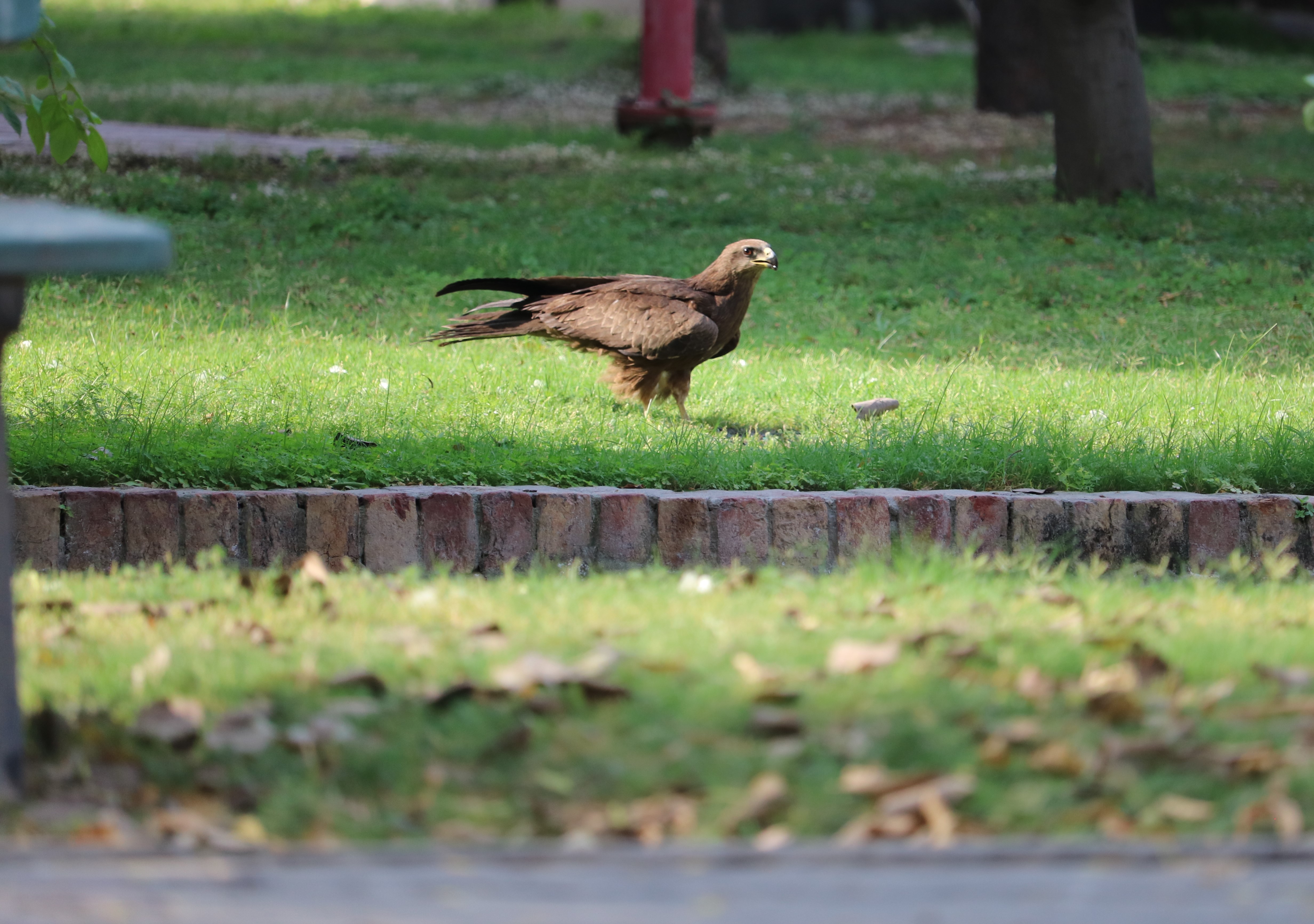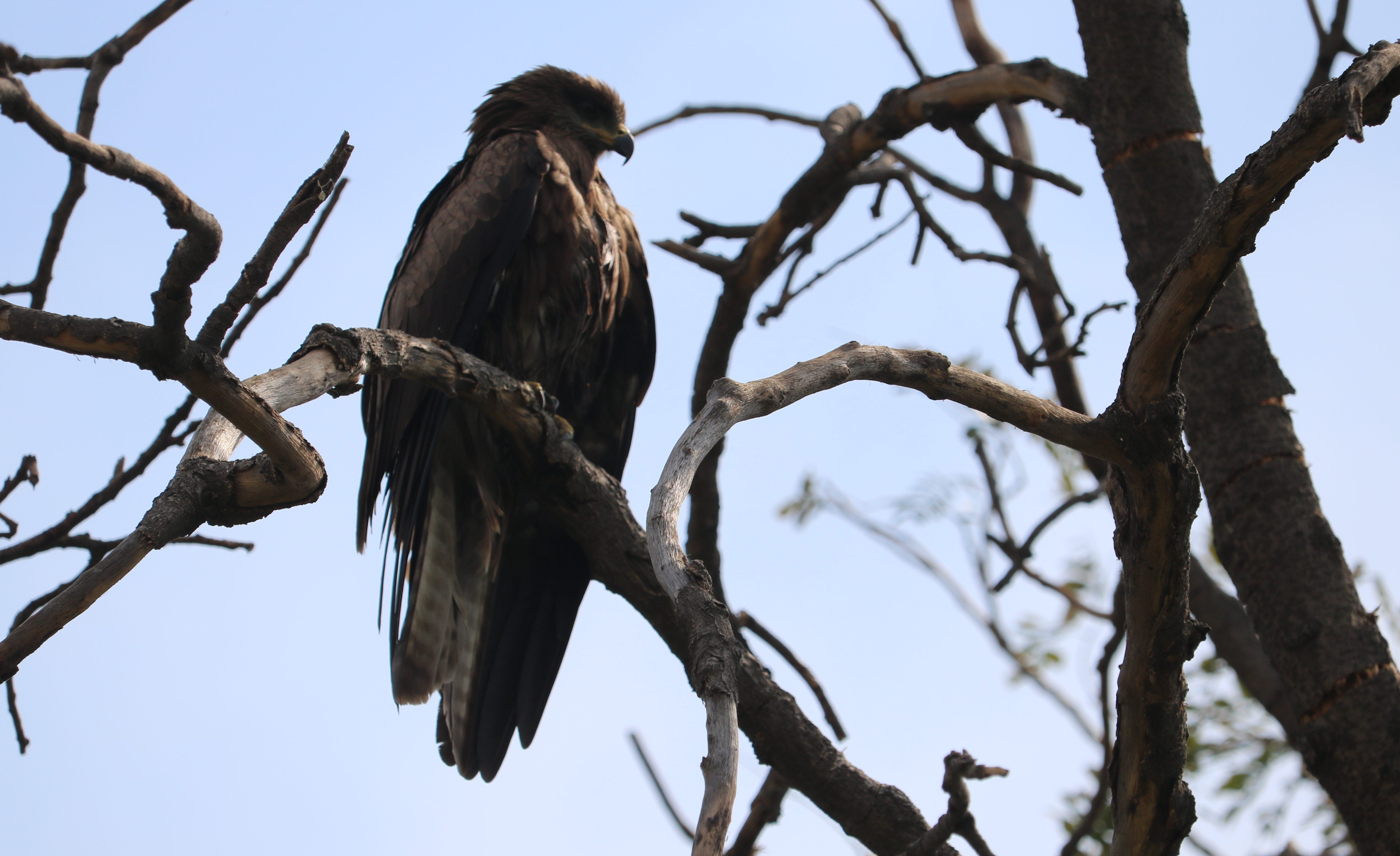black kite
Species
Families
Local Names
Genus
Native/Introduced
DNA Barcode
Description
Black kite (Milvus migrans)
The black kite (Milvus migrans) is a medium-sized bird of prey in the family Accipitridae, which also includes many other diurnal raptors. It is thought to be the world's most abundant species of Accipitridae, although some populations have experienced dramatic declines or fluctuations. Current global population estimates run up to 6 million individuals.
Unlike others of the group, black kites are opportunistic hunters and are more likely to scavenge. They spend much time soaring and gliding in thermals in search of food. Their angled wing and distinctive forked tail make them easy to identify. They are also vociferous with a shrill whinnying call. The black kite is widely distributed through the temperate and tropical parts of Eurasia and parts of Australasia and Oceania, with the temperate region populations tending to be migratory. Several subspecies are recognized and formerly had their own English names. The European populations are small, but the South Asian population is very large.
In winter, kites form large communal roosts. Flocks may fly about before settling at the roost. When migrating, the black kite has a greater propensity to form large flocks than other migratory raptors, particularly prior to making a crossing across water. In India, the subspecies govinda shows large seasonal fluctuations with the highest numbers seen from July to October, after the monsoons, and it has been suggested that they make local movements in response to high rainfall.
Black-eared kites in Japan were found to accumulate nearly 70% of mercury accumulated from polluted food in the feathers, thus excreting it in the moult process. Black kites often perch on electric wires and are frequent victims of electrocution. Their habit of swooping to pick up dead rodents or other roadkill leads to collisions with vehicles. Instances of mass poisoning as a result of feeding on poisoned voles in agricultural fields have been noted. They are also a major nuisance at some airports, where their size makes them a significant birdstrike hazard.










































































































































